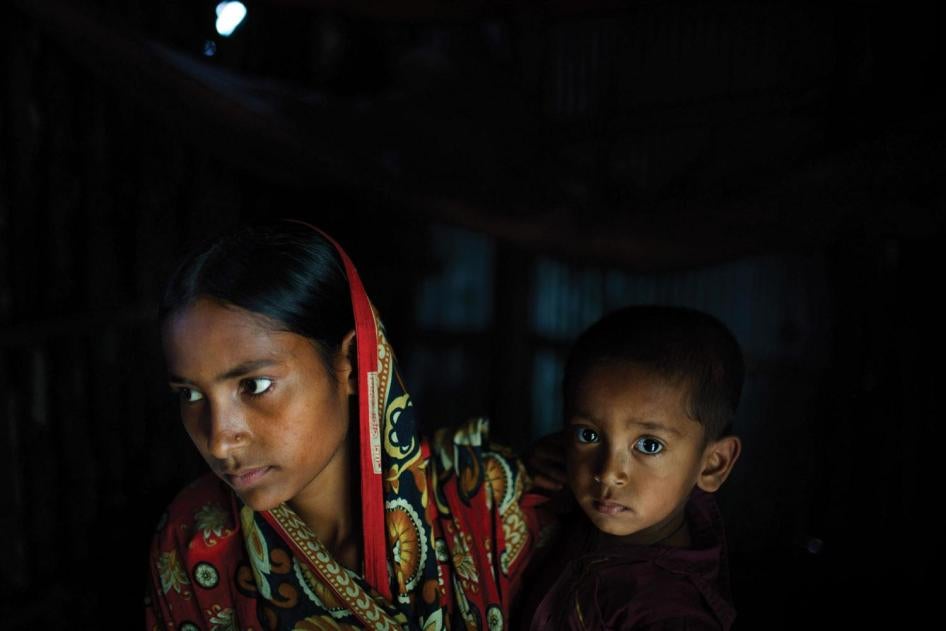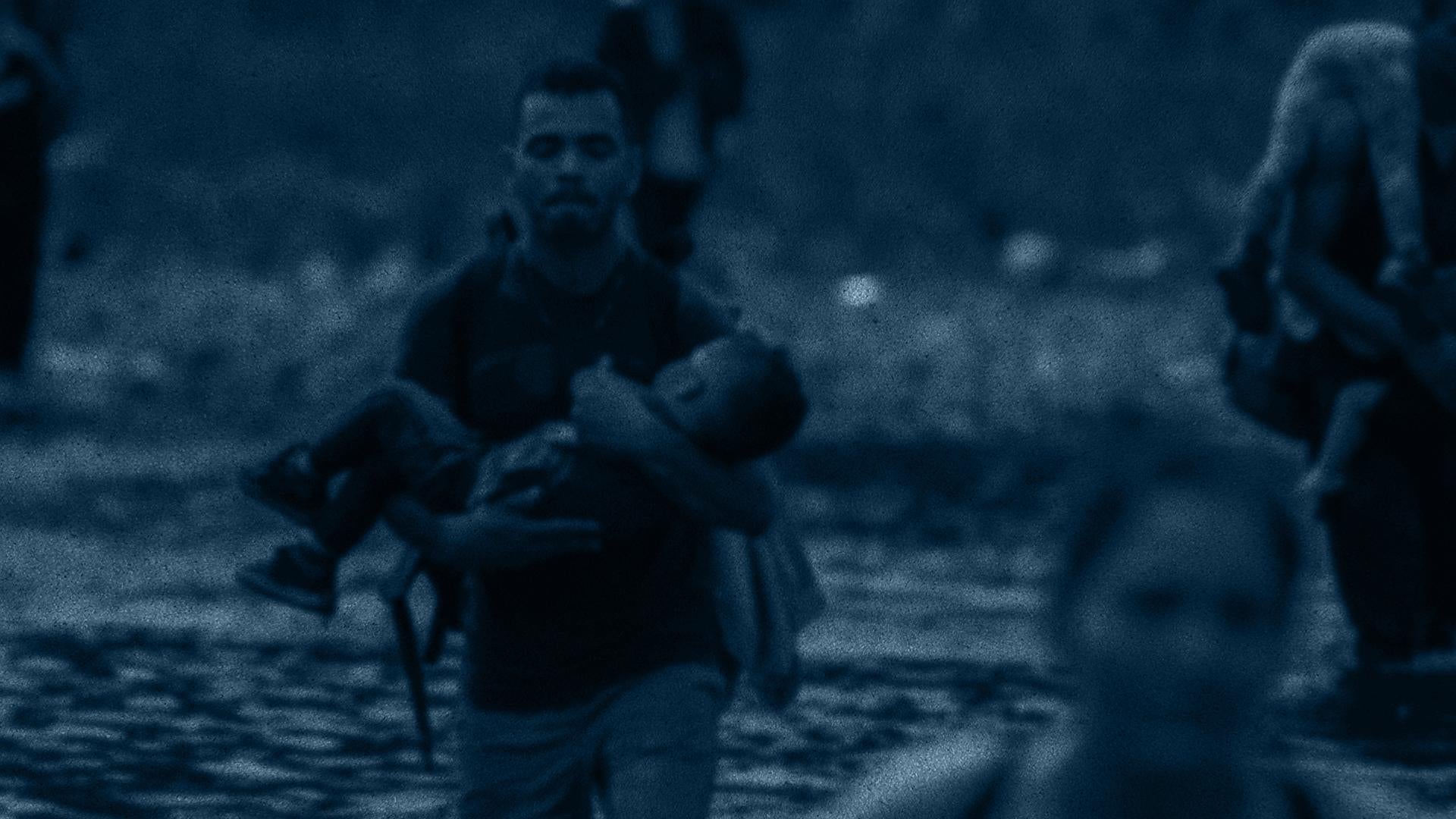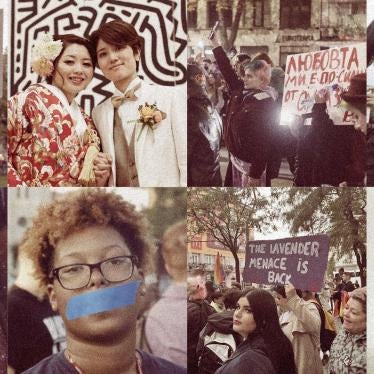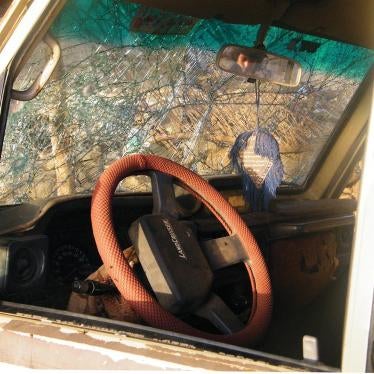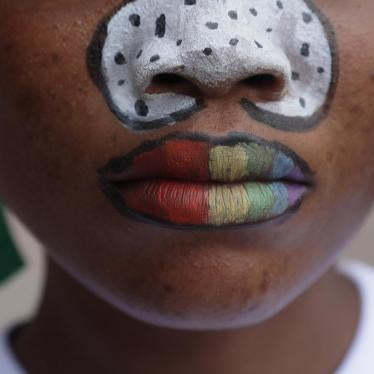The United States State Department began regular reporting about child marriage in its annual report on human rights around the world in 2012. Unfortunately, in the 2014 report released yesterday, the sections on child, early, and forced marriage in approximately two-thirds of the countries reviewed were largely cut and pasted – often word for word – from previous years.
For example, the Bangladesh chapter is almost the same as last year, despite a dangerous new proposal to lower the age of marriage for girls from 18 to 16. This is bad news in a country where 65 percent of girls get married before age 18. The omission is especially surprising given USAID programs to address social and legal factors driving child marriage in the country.
As Human Rights Watch investigations in Bangladesh, Tanzania, Malawi, and South Sudan have shown, instead of ushering in a lifetime of love, happiness, and security, marriage can be one of the worst things to happen to a girl. Marrying young is linked to adolescent girls leaving school, a heightened risk of domestic violence, and girls having babies while still children themselves. The consequences can be fatal: complications from pregnancy and childbirth are the second-leading cause of death for girls ages 15 to 19 globally.
Forced marriage of girls is also a devastating tactic of war used by extremist groups such as Islamic State (also known as ISIS) and Nigeria’s Boko Haram.
Child marriage is typically a deeply entrenched practice that does not change radically from year to year. However, growing attention means there is a constant flow of new research and statistics, as well as legal reform campaigns and community-based programs that attract either support or resistance. This is useful information for the governments, donors, and journalists who use the report as a resource.
What should the State Department do? It can start by improving its reporting on child marriage so that up-to-date information can be used strategically to promote positive change. And it should provide an update on the long-awaited multi-year strategy to end child marriage mandated by the US Violence Against Women Reauthorization Act (VAWA) in 2013.
This includes coordination across US agencies to ensure that attention to child marriage is integrated across US poverty-alleviation programs and humanitarian aid, including initiatives focused on education, health, conflict, and displaced populations.
